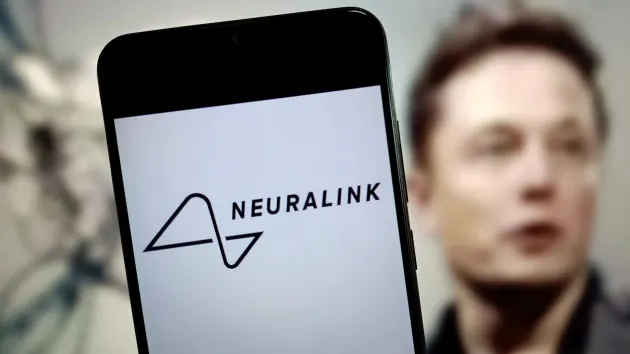Contents
Imagine this: you download TikTok to see what all the fuss is about, telling yourself, “I’ll only watch a few videos.” Fast forward a few hours, and you’re still scrolling, lost in an endless sea of content. Sounds familiar? You’re not alone. The European Union (EU) has raised eyebrows over TikTok’s addictive design, triggering an inquiry to understand better and potentially regulate these digital sorceries. This article peels back the layers of TikTok’s design to explore what makes it so captivating and the broader implications for users and society.
Unveiling the Algorithmic Curtain
TikTok’s secret sauce, its algorithm, is a marvel of digital engineering, designed to hook you in and keep you engaged for as long as possible. But how exactly does it manage this feat?
The Magic of Personalization
- Tailor-made Content: From the moment you join, TikTok begins learning about your preferences based on the content you interact with. This personalized curation means you’re more likely to encounter videos that tickle your fancy, making it hard to put the app down.
- Interactive Features: Features like “For You” pages, challenges, and duets not only provide a constant stream of new content but also invite you to be a part of the TikTok community, adding another layer to its addictive nature.
The Loop of Engagement
The app ingeniously uses features such as auto-playing videos and easily accessible swipe functions to create an endless loop of content, ensuring that there’s always something new at your fingertips. This design choice plays a significant role in what keeps users glued to their screens.
Psychological Hooks and Digital Delight
Understanding the design is one thing, but what about the psychological factors at play? TikTok’s interface and algorithm are tailored to exploit certain aspects of human psychology.
The Power of Novelty
Humans are naturally drawn to novelty. TikTok capitalizes on this by continually offering fresh, varied content, making it difficult for users to break away from the allure of discovering something new.
The Dopamine Dilemma
Each swipe, like, and comment is a potential source of dopamine, a chemical in the brain associated with pleasure. This intermittent reinforcement can lead to habit formation, where the act of using TikTok becomes a self-reinforcing loop.
Ethical Considerations and EU Inquiry
The EU’s inquiry into TikTok’s addictive design raises critical ethical questions about tech companies’ responsibility in developing and presenting their platforms. It’s not just about regulation but also about fostering a digital environment that prioritizes user well-being over mere engagement metrics.

The Fine Line between User Engagement and Addiction
While engagement is crucial for any social platform’s success, the line between keeping users interested and encouraging potentially harmful addictive behaviors is increasingly blurred. This inquiry could set a precedent for how digital platforms balance business objectives with ethical considerations.
The Role of Transparency and Control
An important aspect of this inquiry is the demand for greater transparency from TikTok regarding how its algorithms work and more control for users over their digital experiences. Empowering users to understand and manage their digital consumption is vital in mitigating the risks of addiction.
Final Thoughts: Finding Balance in the Digital Age
The EU inquiry into TikTok’s addictive design opens a necessary dialogue on the impact of digital platforms on our daily lives. It’s a reminder of the power of design and technology to shape human behavior and the need for a balanced approach that considers both business innovation and user well-being.
Embracing Mindful Consumption
In this digital era, becoming more mindful of our consumption patterns is crucial. By understanding the mechanisms behind platforms like TikTok, individuals can make more informed choices about their digital habits.
The Future of Digital Well-being
As the inquiry progresses, it will be interesting to see how TikTok and other platforms respond to these concerns. The outcome could have significant implications for the future of digital design, emphasizing wellness and ethical responsibility over mere user engagement.
In conclusion, TikTok’s inquiry by the EU is more than just about a single app’s design; it’s a wake-up call for the entire tech industry to reinvent how digital environments are created and regulated. As we move forward, finding the right balance between engaging and ethical digital spaces will be key to ensuring technology serves us without ensnaring us.







